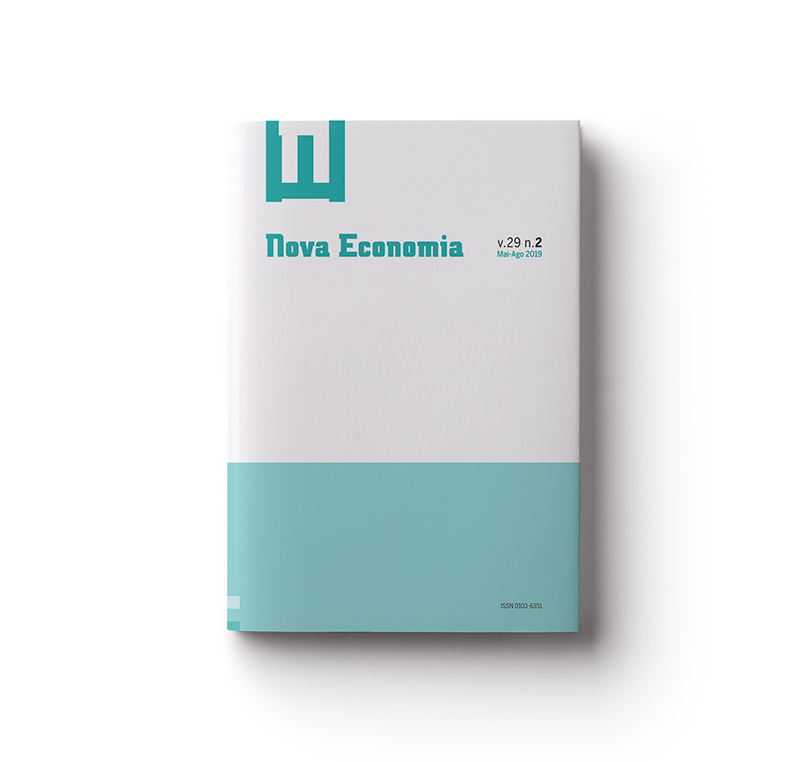Determinantes e dependência espacial da inovação nas regiões brasileiras: evidências a partir de um Modelo Tobit Espacial
Resumo
Este artigo busca analisar os determinantes da inovação, os padrões espaciais e a dependência espacial da inovação nas microrregiões brasileiras. Em concreto, ele avalia como o P&D das empresas locais, a pesquisa acadêmica regional, o nível de aglomeração e a especialização ou diversificação industrial da localidade afetam a inovação regional. Para analisar esses fatores, foi estimado um modelo empírico baseado na Função de Produção do Conhecimento (FPC) com dados de patente no Brasil por um Tobit Espacial Autoregressivo (SAR-Tobit). Os resultados indicam que níveis mais elevados de P&D Industrial Regional implicam em maior inovação e que maiores níveis de pesquisa universitária impactam positivamente a inovação na região. Além disso, regiões mais aglomeradas e diversificadas apresentam melhor desempenho inovador. Em relação à dinâmica espacial, a proximidade das microrregiões mais inovadoras afeta positivamente a inovação local, o que mostra a existência de spillovers de conhecimento inter-regionais associados inovação medida por patentes.
Palavras-chave inovação regional; patentes; Brasil; tobit espacial
Downloads
Publicado
Como Citar
Edição
Seção
Licença
Autore[a]s que publicam nesta revista concordam com os seguintes termos:
- Autore[a]s mantém os direitos autorais e concedem à revista o direito de primeira publicação, com o trabalho simultaneamente licenciado sob a Licença Creative Commons Atribuição 4.0 Internacional que permite o compartilhamento do trabalho com reconhecimento da autoria e publicação inicial nesta revista.
- Autore[a]s têm autorização para assumir contratos adicionais separadamente, para distribuição não-exclusiva da versão do trabalho publicada nesta revista (ex.: publicar em repositório institucional ou como capítulo de livro), com reconhecimento de autoria e publicação inicial nesta revista.
- Autores têm permissão e são estimulados a publicar e distribuir seu trabalho online (ex.: em repositórios institucionais ou na sua página pessoal) a qualquer ponto antes ou durante o processo editorial, já que isso pode gerar alterações produtivas, bem como aumentar o impacto e a citação do trabalho publicado (Veja O Efeito do Acesso Livre).




